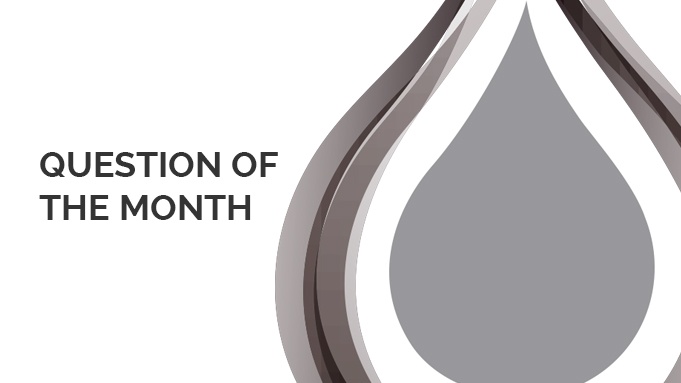
Reducing production costs has always been an important topic for ceramic manufacturers. There are many ways to reduce costs, but it is not always so easy to do so when you want to achieve high quality results. We can give you a few tips to reduce your manufacturing costs without affecting the final product. This month we will go over cost reduction in both decorative tile and brick and roof tile production, so don’t miss our blog posts!
REDUCing DRYING TIME
By reducing the drying time of our process we can use less energy resources and, therefore, reduce our production costs. However, safe drying is a key part of the process, as it can mean prevention of breakages and losses. You can learn more about optimizing drying in this article.
A parameter we can vary to reduce drying time is water usage. Less water enables faster throughput with reduced energy costs. This will also improve handling and reduce product deformation. In this interesting blog post we talk about brick and rooftile manufacturing with less water involved.
REDUCING BREAKAGE & CRACKS
Reducing the percentage of losses is, of course, key to reduce costs. The higher the strength of the products, the less breakage and cracks. Therefore, it is vital to reduce this percentage of breakage to ensure a sustainable and profitable production. If you want to learn all about this topic, we have written many articles about it, where we give tips and we explain experiences in brick and tile manufacturing factories. I think you will especially like the following:
- How to reduce breakage and rejection in the manufacturing of bricks and roof tiles
- Porcelain tile manufacturing: how to reduce breakage
- Eliminating cracks in your brick production: not as difficult as you think
- How to reduce waste material during brick production
- How to avoid tile breakage when producing large and thin tiles
CLAY FORMULATION AND SOURCING
The type of clay is definitely a limiting factor when you are producing bricks and tiles. Costs will vary depending on the source and the quality of the clay itself. This, together with processes like souring, can increase the cost and time of your process. We have written several articles on how to avoid clay conditioning and souring and how to optimize your raw materials. If you manufacture decorative tiles you will especially like this blog post on decorative production without Ukrainian clays.
SELECTING THE RIGHT CONDITIONER
To be able to get the most out of your production we should be using the clay conditioners that work best for our process and clays. Testing is key to ensure we are using the best additive for our specific process. This article about the use of additives in the brick making process explains when and why use clay conditioners. This one explains the benefits of additives in a brick production.
If you have any specific question, please, let us know by clicking the button below!





